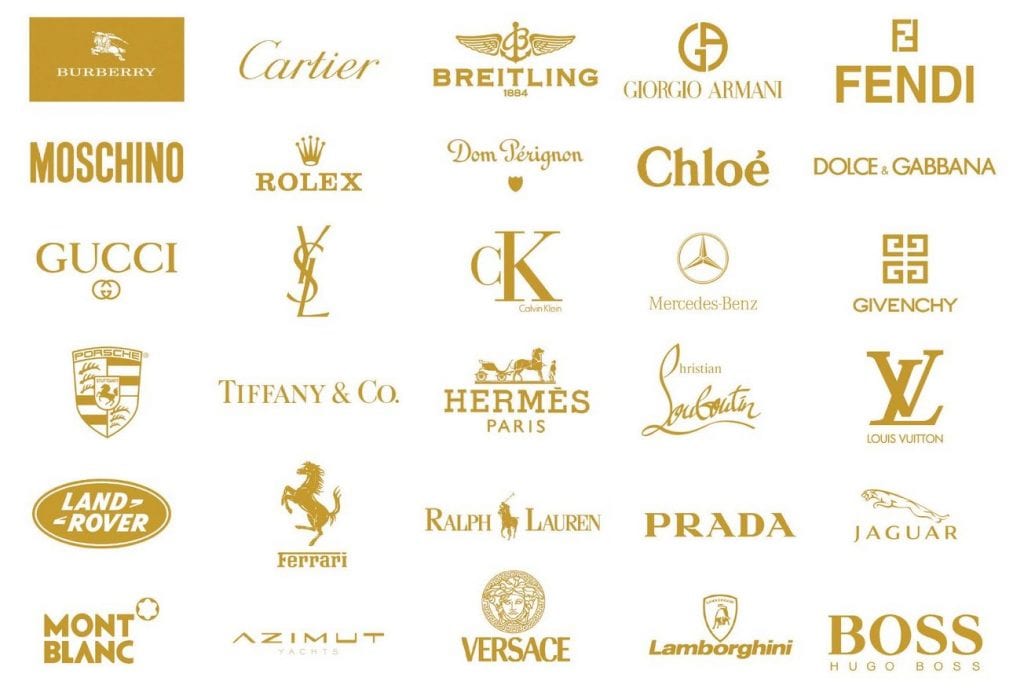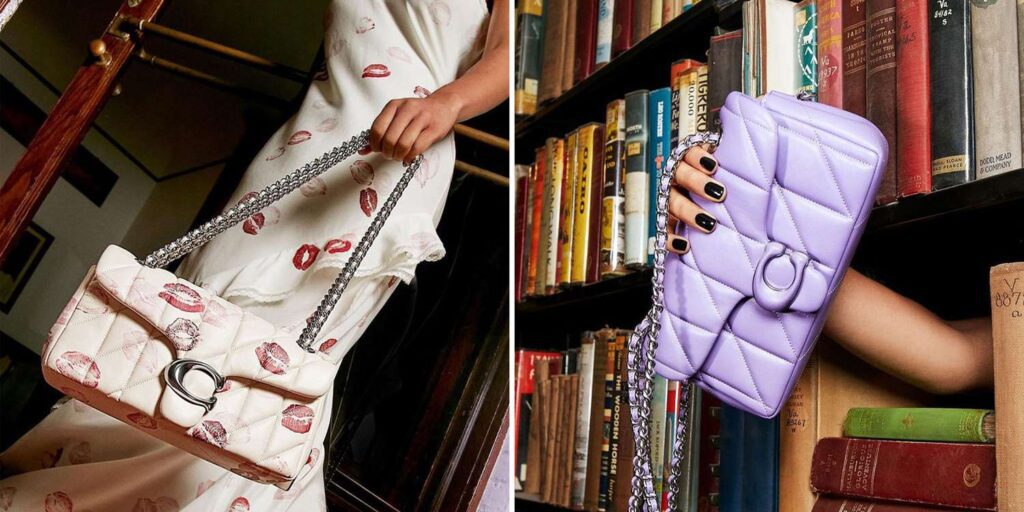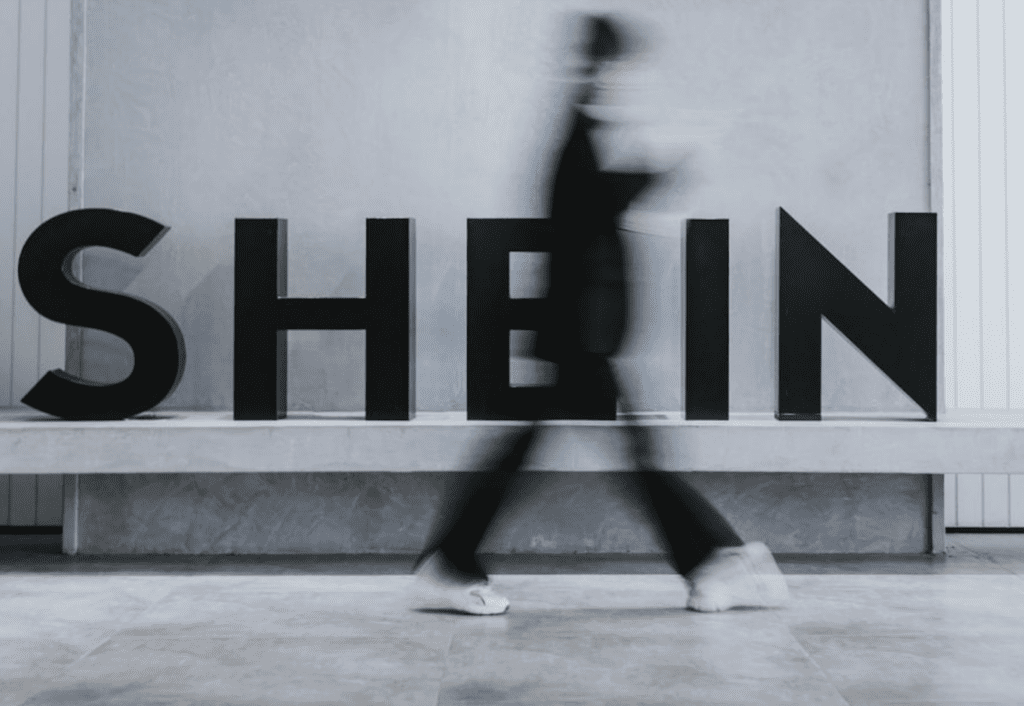In trademark law there is a saying, “Use it or lose it,” which is just what it sounds like: in order to amass and maintain rights in a trademark, that mark must be used. After all, trademark rights in the U.S. are granted (and enjoyed) on the basis of actual use of a mark, not as a result of registration with the U.S. Patent and Trademark Office. That means that failure to consistently use your mark on a product or to offer a service to the public can result in the abandonment of your rights in that trademark – from brand names and logos to specific uses of color, among other source-identifying elements – and with it, the ability to maintain existing registrations.
Abandonment becomes a relevant issue when companies rebrand and when sleeping beauty houses, as they are called – such as Charles James, Paul Poiret, and Jean Patou, the latter of which is being revamped by LVMH Moët Hennessy Louis Vuitton – are revived. It is also an interesting topic, it seems, when a global health pandemic forces companies, including retailers and fashion brands all of the world, to close their brick-and-mortar doors, and in some cases, put their business operations, as a whole, on hold indefinitely.
In light of the continued spread and the enduring implications that come with COVID-19, companies should be aware of what they can do to ensure that their trademark rights are fully protected.
In the U.S., trademark law holds that a mark shall be considered “abandoned” if use of the mark has been discontinued with no intent to resume use. Intent not to resume use may be inferred from circumstances, and non-use for 3 consecutive years is prima facie evidence of abandonment. As for what “use” of a mark consists of, that means use in the ordinary course of trade, and not merely use aimed at reserving rights in the mark. In terms of what constitutes “ordinary use,” that will depend upon the specific industry in which the mark exists.
In fashion and retail more generally, the trademarks, themselves, and their uses can be widespread. Fashion-centric marks – which are defined as any words, phrases, symbols, or designs, or a combination thereof, that identify and distinguish the source of the goods of one party from those of others – range from the traditional word marks, such as brand names, and logos to elements of product packaging (including color) and even elements of the appearance of certain famous products.
Chanel maintains rights in its name and double “C” logo, as well as “No. 5”, among other things, which it uses on apparel, accessories, eyewear, and cosmetics. Gucci has an arsenal of trademark rights, including in its name and various logos, which it uses on its products and also in connection with both brick-and-mortar retail services and online retail services. Meanwhile, Hermes maintains rights in its use of a specific orange hue (in the U.S. and internationally), which it puts on product boxes and other packaging, it also maintains trade dress rights in the appearance of its world-famous Birkin bags. The list goes on … and on.
Given that many brands have been forced to close up shop in at least some capacity due to Coronavirus complications, there is a good chance that they might not use all of their trademarks in all of the classes of goods and services in the manner and with the same consistently as they usually do. With brick-and-mortar stores closed, brands are not putting their “retail services” class of services to use, for example. However, many brands’ uses of their names and logos on clothing and accessories, among other products, is largely going uninterrupted as a result of the continued operation of e-commerce, either their by way of their own websites or those of their stockists.
With that in mind, the use of brands’ names and logos on their products of choice and in connection with retail sales generally are likely positioned well enough to withstand the potential threat of abandonment. If anything, the uses that are more likely to suffer from issues of non-use – which could be alleged by a defendant should a brand seek to enforce its mark (such as in an infringement or trademark cancellation action) in connection with a class of goods or services that has been subject to non-use – are things like Prada’s use of its name in connection with “conducting entertainment exhibitions” or Louis Vuitton’s use of its name and various logos in furtherance of “the organization of exhibitions for cultural or educational purposes,” for which both brands maintain federal registrations.
The good news for trademark owners right now is that most business closures, fashion show postponements, and other setbacks are not voluntary; they are the result of a global health pandemic. Therefore, although use of a company’s trademark may be discontinued in some capacities, it would likely be difficult to prove that discontinued use at this time is accompanied by no intent to resume use.
However, the toll that this current pandemic is taking on businesses that have been forced to close cannot be underestimated, and businesses should make every effort to communicate to the public that business operations are expected to resume as soon as it is possible to do so. In addition, to the extent possible, trademark owners should try to make products and services available to the public through whatever means are currently available and reasonable.
For example, if products can be sold or distributed by way of e-commerce platforms, this should be considered. If a company’s regularly offered services cannot currently be provided to its customers, a trademark owner could provide, for example, relevant informational and educational services, online information or entertainment services, instructional tutorials or webinars, and similar offerings through its website. In this time of unprecedented forced business closures, it is critical to businesses of every type to be creative and find ways to survive and, in doing so, protect its valuable trademark assets.
Last month, LVMH-owned brand Loewe debuted a series of digital events called Loewe En Casa, for example. Prada has announced this week that it is launching a series of “digital talks” on Instagram aimed at “exploring culture, fashion, and life.” Meanwhile, the Financial Times notes that “brands such as Nanushka are offering respite from work-from-home torpor in the form of guided meditations and yoga classes [on Instagram], while Marc Jacobs has tapped illustrators to lead a series of guided drawing sessions called Drawn Together.” And still yet, names like Alexander McQueen and Chanel are compiling and offering up playlists tied to their fashion show soundtracks.
Not only are these brands finding creative ways to connect with consumers (that are not entirely dependent on products and/or brick-and-mortar traffic), they very well may be extending the use of their trademarks, depending of the classes of goods and services at issue.
For those trademark owners that must file a Section 8 Affidavit of Continued Use during the period in which there business operations are closed, it may be required that you demonstrate that non-use of your mark is due to “special circumstances.” In order to do so, it is required that the maintenance documents filed with the Trademark Office set forth the date when use of the mark in commerce stopped, the approximate date when such use is expected to resume, and include facts to show that nonuse is due to special circumstances that excuse the nonuse and that nonuse is not due to an intention to abandon the mark.
The purpose of this section of the Lanham Act is to remove from the register those registrations that have become deadwood, and it is not intended to cancel registrations because of a temporary interruption in the use of the mark due to circumstances beyond the control of the owner of the registration. However, merely stating that special circumstances exist and that there is no intention to abandon the mark will not satisfy the requirements of the statute. Sufficient facts must be set forth to demonstrate clearly that nonuse is due to some special circumstance beyond the owner’s control or was forced by outside causes.
*Susan Neuberger Weller manages the Trademark & Copyright Practice at Mintz. (Edits/additions courtesy of TFL).











